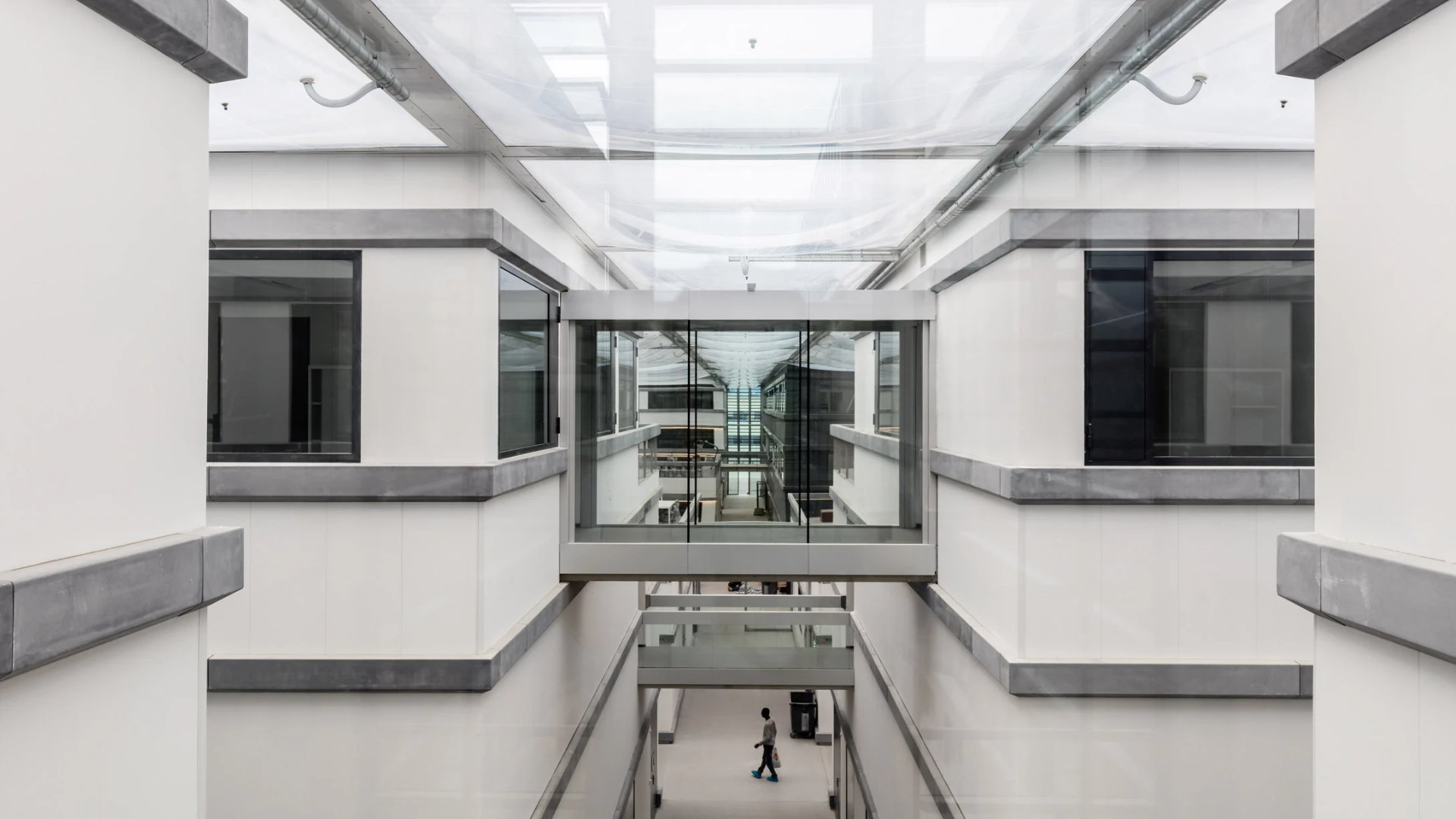BY 2025 LEADING PHARMACEUTICAL FIRMS SET TO DEDICATE ALMOST 7% OF REVENUE TO DEVELOPING ADVANCED, CUTTING-EDGE LABORATORY FACILITIES
The impetus for this transformation is multifaced, driven by imperatives such as the urgent need for quicker development of innovative medications, pressures to optimize expenditure, and the imperative to enhance drug approval rates. Consequently, pharmaceutical enterprises are pivoting towards establishing more agile, efficient, collaborative, and eco-conscious laboratories to navigate these challenges and usher in scientific breakthroughs.

This ambitious move stems from a collective drive to embrace digitalisation, learn to utilise the power of AI, streamline processes, and cultivate a culture conducive to lab transformation. According to the latest report from the Capgemini Research Institute titled ‘Building the next-gen pharma lab: Digitally connected, environmentally sustainable’, exploring the strategic overhaul that is poised to reshape the landscape of pharmaceutical lab practices.
Major pharmaceutical players are set to nearly double their investment in lab metamorphosis by 2025, allocating up to 7% of their revenue – a significant uptick from the current 4%. A staggering 75% of pharmaceutical entities have already embarked on their journey towards modernising their labs, while the remainder are still strategizing their approach.


Thorsten Rall, Global Life Sciences Industry Lead at Capgemini, underscored the critical role of cutting-edge lab environments in meeting the evolving demands of the industry and expediting the availability of crucial medicines. Rall emphasized the pivotal role of technology and continuous evolution in terms of skills, processes, and infrastructure in driving the pace of groundbreaking discoveries. He emphasized the importance of a robust strategy anchored in data and AI to unlock the full potential of lab transformation, with human-centric design approach placing scientists at the forefront.

Despite the clear value proposition of advanced, connected lab setups, the majority of organisations are still in the early stages, with only a fraction having progressed beyond the pilot and proof-of-concept phase. Challenges loom large, ranging from data and technological hurdles to process complexities and talent shortages. In particular, recruiting professionals with the requisite blend of domain expertise and digital prowess poses a formidable challenge for 97% of organisations.
Nevertheless, pioneering organisations leading the charge on lab transformation are already reaping substantial rewards, including reduced errors, heightened approval rates, and optimized costs compared to their counterparts in the nascent stages. Moreover, these leaders are witnessing tangible sustainability gains, with a significant proportion reporting a reduction in carbon footprint attributable to lab modernisation initiatives.




seven key insights we've seen EMERGE
-
Strategic Investment: Major pharmaceutical organizations are increasingly prioritizing investment in the development of advanced laboratory environments. This strategic allocation of resources underscores the industry's commitment to innovation and efficiency.
-
Digitalization and AI: The shift towards interconnected, cutting-edge lab spaces is driven by a recognition of the transformative potential of digitalization and artificial intelligence. By leveraging these technologies, pharmaceutical companies aim to streamline processes, accelerate drug development, and drive scientific breakthroughs.
-
Addressing Industry Challenges: Pharmaceutical companies are proactively addressing industry challenges such as the need for faster drug development, cost optimization pressures, and improving drug approval rates. The focus on creating agile, efficient, and sustainable lab environments reflects a concerted effort to overcome these challenges and drive innovation.
-
Remaining Challenges: Despite the progress made, significant challenges remain on the path towards lab transformation. Data and technological complexities, talent shortages, and process complexities pose formidable obstacles that organizations must navigate.
-
Potential Benefits: While challenges exist, the potential benefits of lab transformation are considerable. Reduced errors, optimized costs, heightened sustainability, and accelerated time to market are among the potential rewards for organizations that successfully implement next-generation laboratory initiatives.
-
Leadership and Innovation: Pioneering pharmaceutical companies that lead the charge on lab transformation stand to gain significant advantages. By spearheading these initiatives, these organizations not only future-proof their operations but also position themselves as leaders in shaping the future of medicine and healthcare.
Overall, it highlights the evolving landscape of the pharmaceutical industry and the critical importance of investing in connected lab spaces to drive innovation, efficiency, and growth.
READ OUR WORKPLACE GUIDE
HOW MUCH DOES A COMMERCIAL FIT-OUT COST IN 2024?
In 2024, the overall cost of an office fit out will vary depending on a variety of factors including size and scope, materials used, labour costs and finishes. Companies may also encounter unexpected costs related to site access and regulatory requirements. Planning ahead can help manage the costs of a commercial fit out as this will allow for research into suitable materials and suppliers, meaning it is important to do detailed research before making any decisions.
.png)
LET'S TALK ABOUT YOUR NEXT REQUIREMENT

